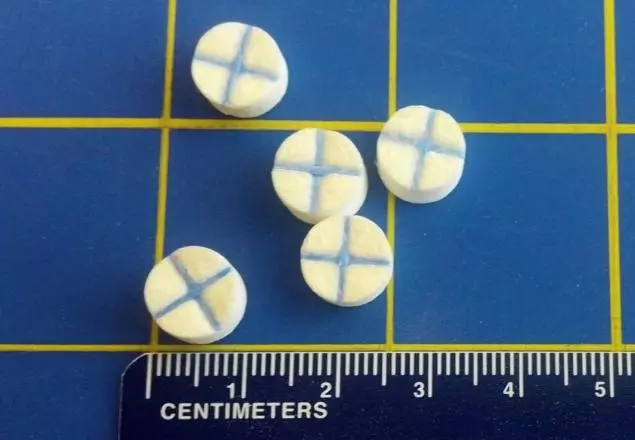Uncontrolled hemorrhage (bleeding out) is responsible for 80 percent of combat deaths. About the same proportion of those who die after being evacuated to a medical treatment facility also die of hemorrhage, usually associated with deep arterial wounds that cannot be treated using tourniquets – people die because we can't plug a simple hole. Now RevMedX, a small Oregon startup, has developed an alternative approach to treat such potentially survivable injuries.
War is Hell, according to US Civil War General William Tecumseh Sherman, who certainly ought to have known. Soldiers and non-combatants are parceled out by fate into neat, military categories: KIA (Killed in Action), WIA (Wounded in Action), DOW (Died of Wounds), Ready for Duty, and the ever-popular Collateral Damage. In the unpleasantness still ongoing in Iraq and Afghanistan, about 5,000 US troops have been killed, and some 50,000 injured. The combined military and civilian losses to Iraq and Afghanistan are estimated to have been some 500,000 people killed. The immediate cause of death in most of these was bleeding out.
Emergency treatment of a gunshot or other penetrating wound on the battlefield can be a horrific experience, perhaps worse than the original injury. This is particularly true when a deep artery is torn, typically at the junctions between limbs and torso or within the torso.
The bleeding from such wounds cannot be controlled using tourniquets. Rather, a combat medic packs the wound with a special gauze coated with a material (usually chitosan) that stimulates the clotting process, then applies strong direct pressure over the wound in the hopes that a clot will seal off the artery. If the bleeding is not controlled, the medic has to remove the gauze and try again. This process is so painful that, according to John Steinbaugh, a former Special Ops medic, the patient's gun is first taken away so that he will not try to kill the medic or himself to stop the agony.

Steinbaugh retired from the military in 2012, and joined Revmedx, a small company whose goal was to find better ways of stopping bleeding on the battlefield. Among its concepts was XStat, a plastic syringe designed to pack a wound with small (1 cm, or 0.4 in) sponges made from wood pulp and coated with chitosan, a derivative of crustacean shells that triggers clot formation and has antimicrobial properties. The sponges are also marked with an x-ray absorbing material so they can be located and removed from the wound once surgical treatment is available.
Two sizes of syringes were chosen, one 30 mm (1.18 in) in diameter for deep open wounds, and another that is 12 mm (0.5 in) in diameter to treat deep gunshot wounds. After conducting tests of early prototypes, the final development was carried under a US$5 million U.S. Army contract.
The sponges expand in the wound to fill the cavity, and apply enough pressure to stop arterial bleeding. They adhere to wet surfaces, which counters any tendency for the pressure to push the packing out of the wound. In most cases, an arterial wound treated using XStat stops bleeding within about 15 seconds. XStat is currently awaiting FDA approval, bolstered by a request from the US Army for expedited consideration.
Source: RevMedx via Popular Science







